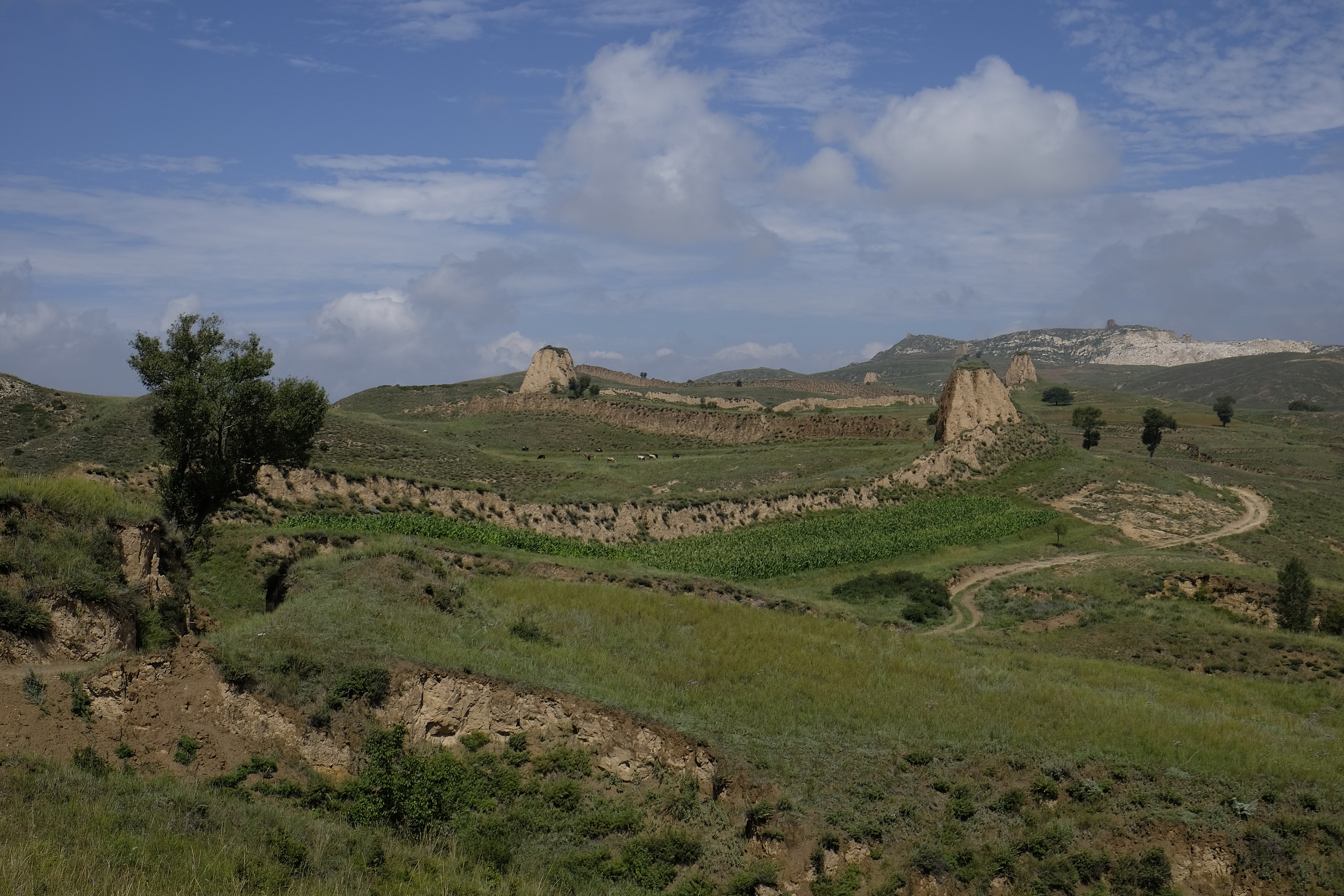
A vista of Youyu's pristine natural scenery in north China's Shanxi province. (PHOTO: VCG)
By CHEN Chunyou
If a survey is made of the trees in China, it will be found that those growing in Youyu, a county in Shuozhou, Shanxi province in north China, are thinner than their peers in other parts of China despite being of the same age.
Youyu, located at the edge of the Mu Us Desert, was once barren and unlivable, but the local people didn't give up on their homeland. Instead, they decided to transform the land by planting trees. Today, the county has been turned into an oasis.
But just like Rome, Youyu was also not built in a day. In the late 1940s, Youyu's forest coverage stood at a mere 0.3 percent. However, thanks to the relentless efforts of the local government and generations of its residents, the forest coverage has currently soared to 57 percent.
In the last century, during spring, the weather would be windy for more than 10 days in a month, which greatly affected the local people's lives and farming.
Every night, the wind raged furiously. People woke up the next morning to find their front doors could not be opened because they were buried under sand, Wang Minghua, former Party secretary of Toushuiquan village, told Science and Technology Daily.
"Farmers had to plant seedlings two to three times because the seedlings of crops like naked oats, millet and peas, were either blown away by the gale-force winds or were buried deep by the yellow sand," Wang said. "The local people had to manage the sand and improve the soil in order to plant crops and have enough to live on."
To combat the sandstorms, the villagers, generations after generations, kept planting trees despite encountering many failures. In addition, they also grew morels under the trees and planted chrysanthemums, both of which helped to enrich the soil.
After years of efforts, as the survival rate of the trees increased, the local people were eventually able to slow down desertification.
A plant that stands out among the various species cultivated by the villagers is the sea buckthorn, a kind of shrub with hard thorns. It is an excellent species for windbreaking and stabilizing the sand. It now flourishes over mountains, dunes, gravel and valleys. In winter, clusters of yellow sea buckthorn fruit dazzle under the sun, a vivid symbol of the rebirth of the land.
There have been other notable changes in the villages. For example, Kangping has started developing its tourism, especially homestay tourism. It is also building greenhouses where different kinds of vegetables and fruits are grown.
Tourists from neighboring regions flock to the village, which has boosted local revenue. Villagers can now earn a living in their hometown, which makes it possible for them to take care of the children and elderly, something that would have been impossible if they worked in urban areas. In 2018, the county was officially announced to have got rid of absolute poverty.
In 2020, Youyu ranked fifth in terms of ecology among the county-level regions across China. Today, large-scale planting methods are being used instead of relying solely on manual labor.
"The natural environment has improved, but we will carry on planting trees," Wang promised. "It is a blessing for the younger generations."
On June 22, the Sino-French satellite Space Variable Objects Monitor (SVOM) was successfully launched. Earlier, on May 3, China's Chang'e-6 lunar probe carried France's Detection of Outgassing RadoN to the moon, marking the first collaboration between the two countries in lunar exploration and France's debut in a lunar landing project. This year also celebrates the 60th anniversary of diplomatic relations between China and France, highlighting their longstanding cooperation in space.
Pushing the development of tech innovation is needed to achieve China's goal of becoming a leading sports nation by 2035, as well as becoming a modernized country.